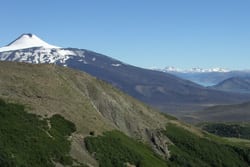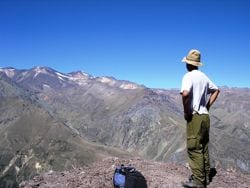Chucal
Chucal is located in the Altiplano (high plateau) of northern Chile at an elevation nearly 4,500 m. As far as we are aware, it is the highest vertebrate fossil locality in the western hemisphere. It is also among the highest vertebrate fossil sites in the world. The area was at a much lower elevation when its fossils were […]















